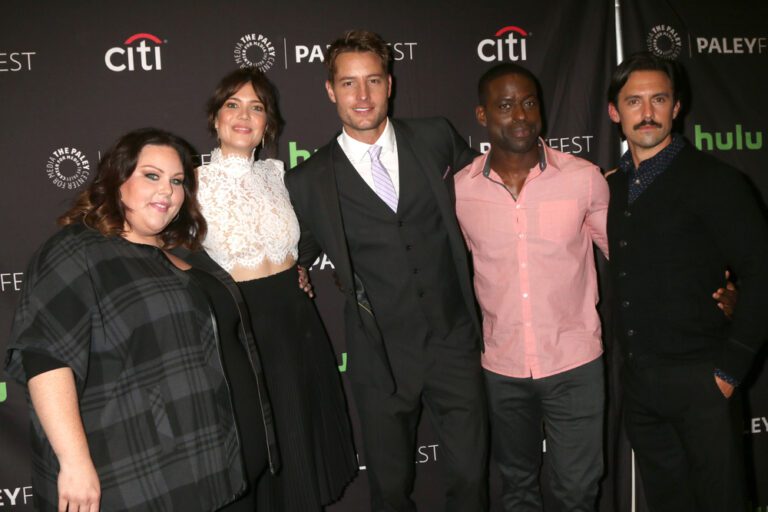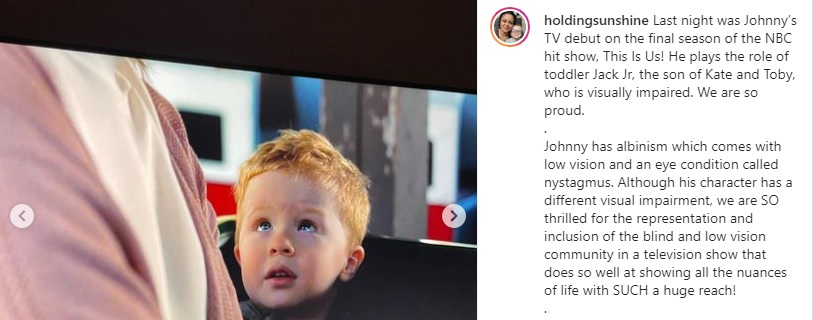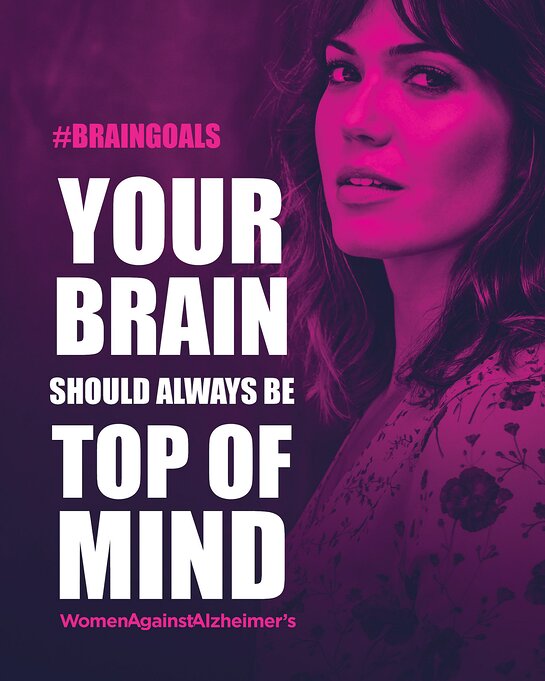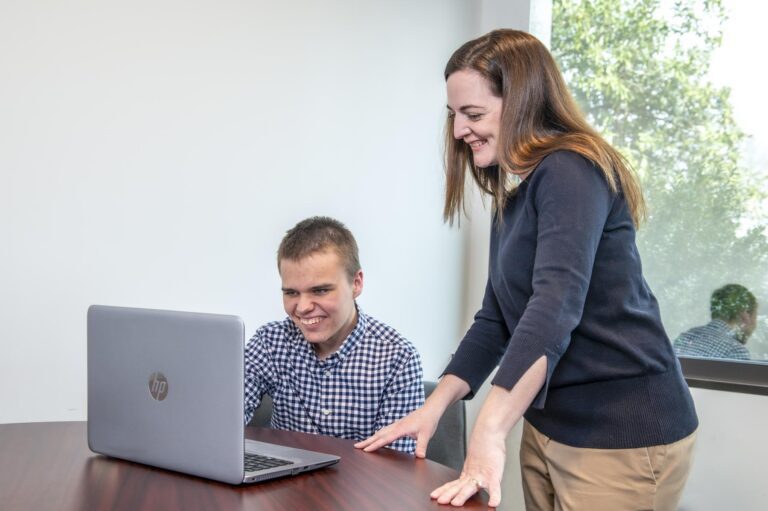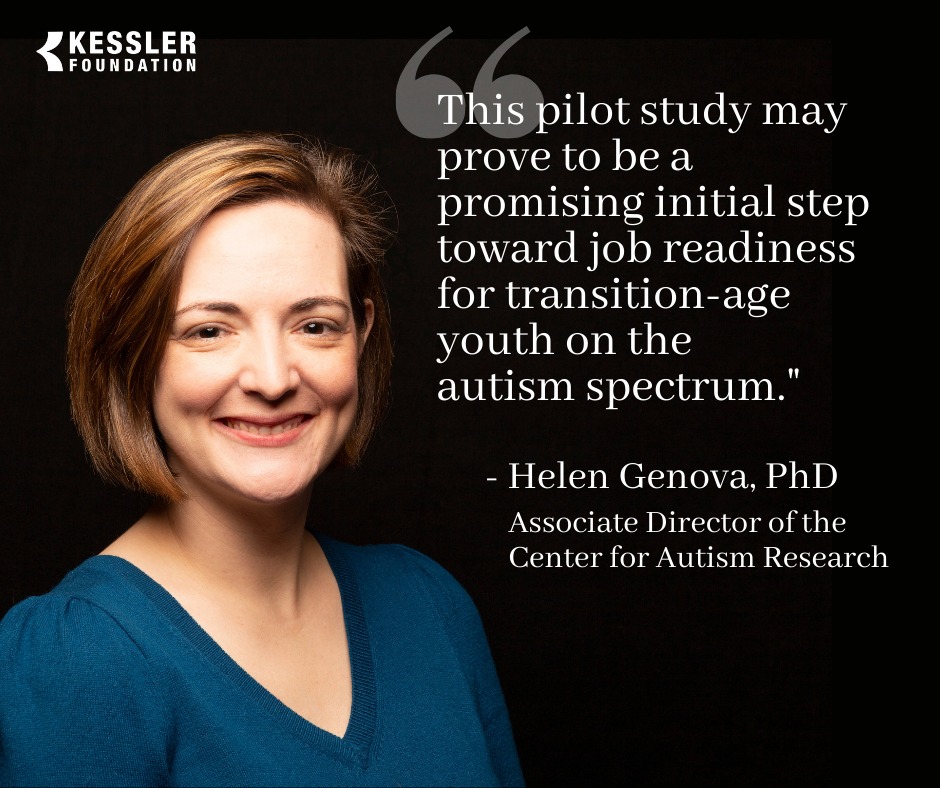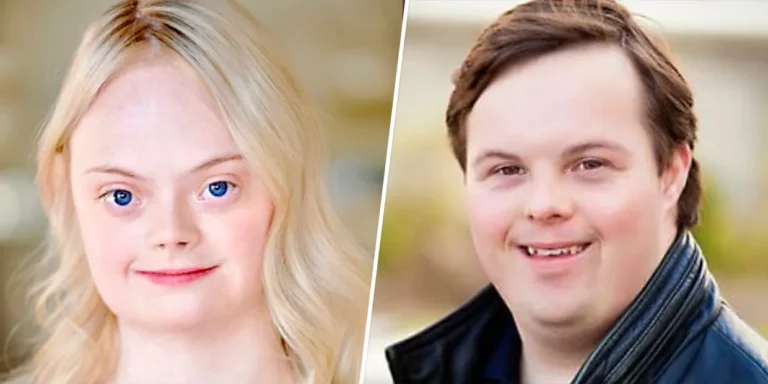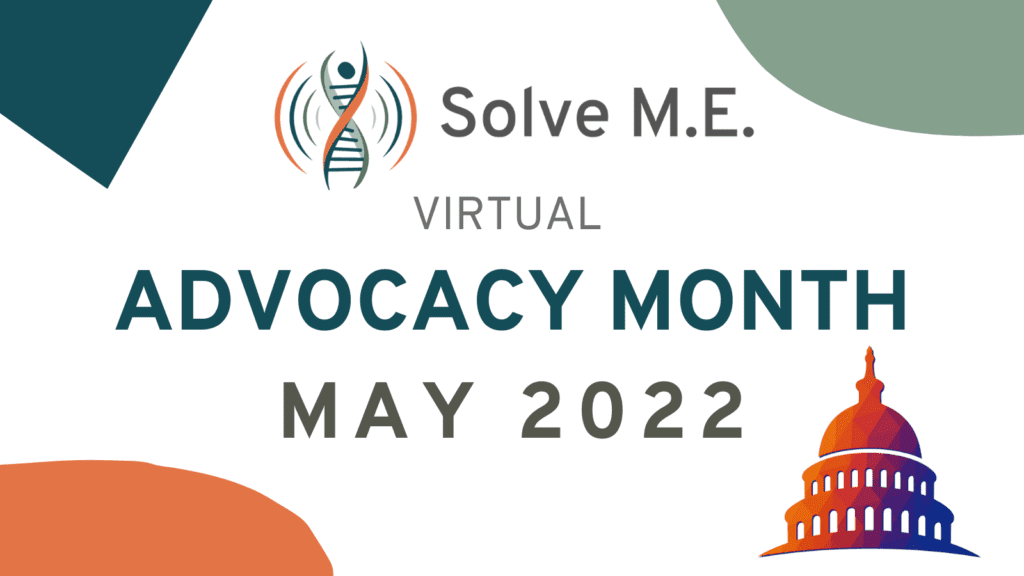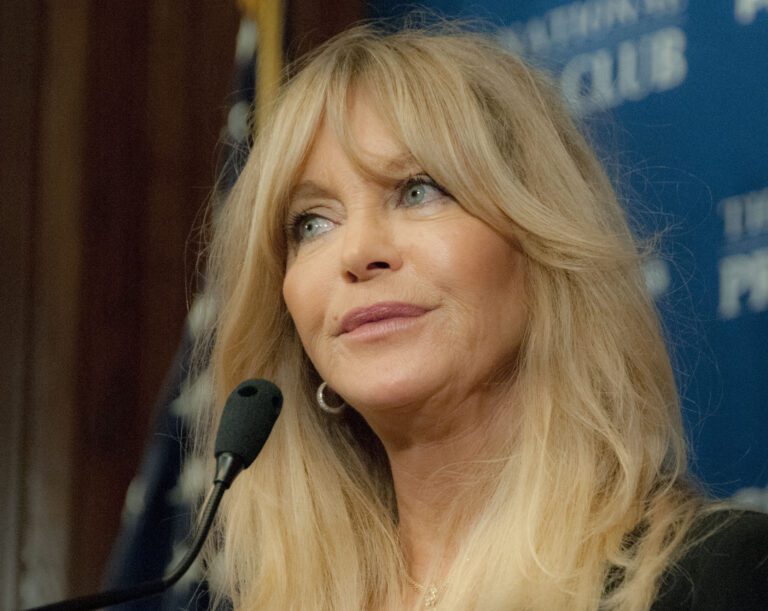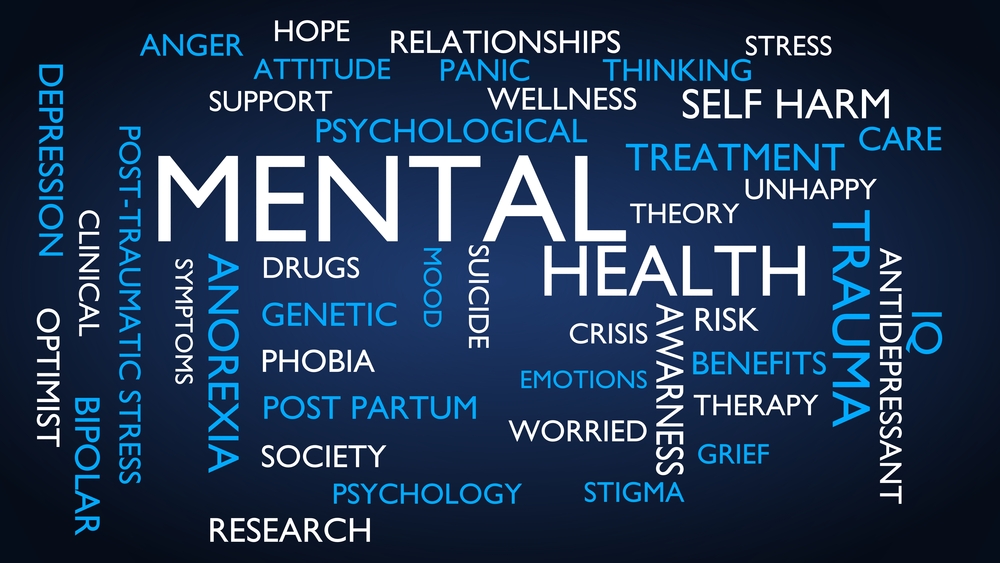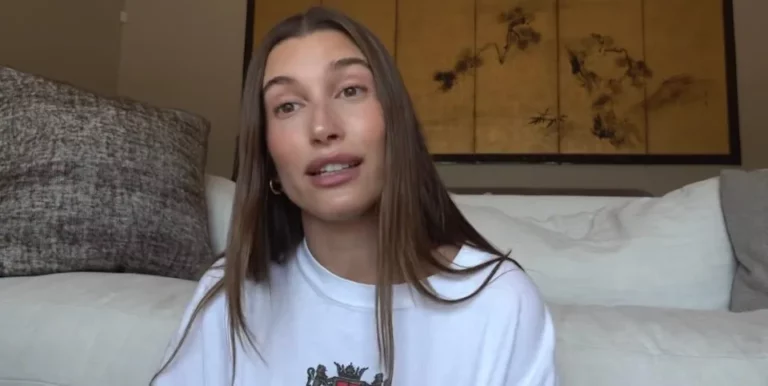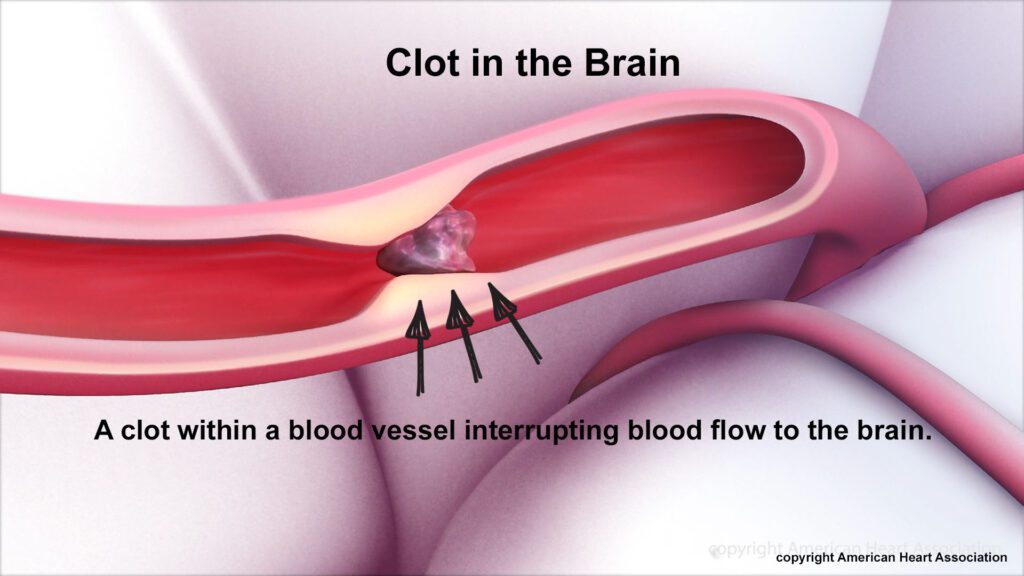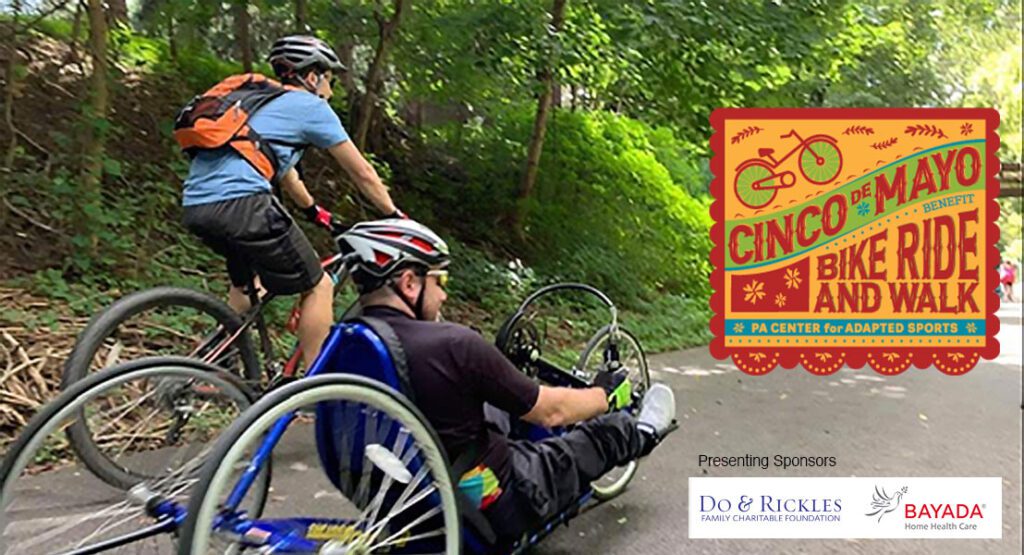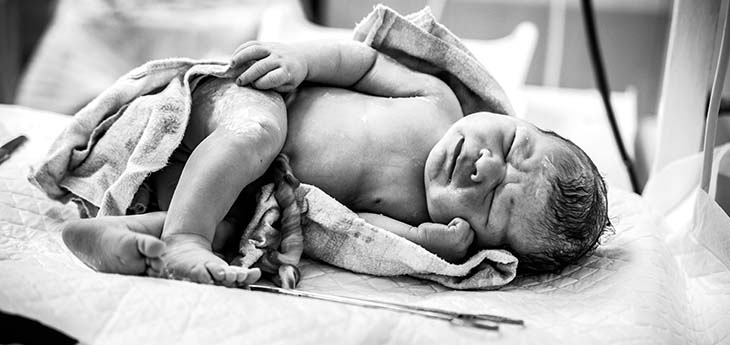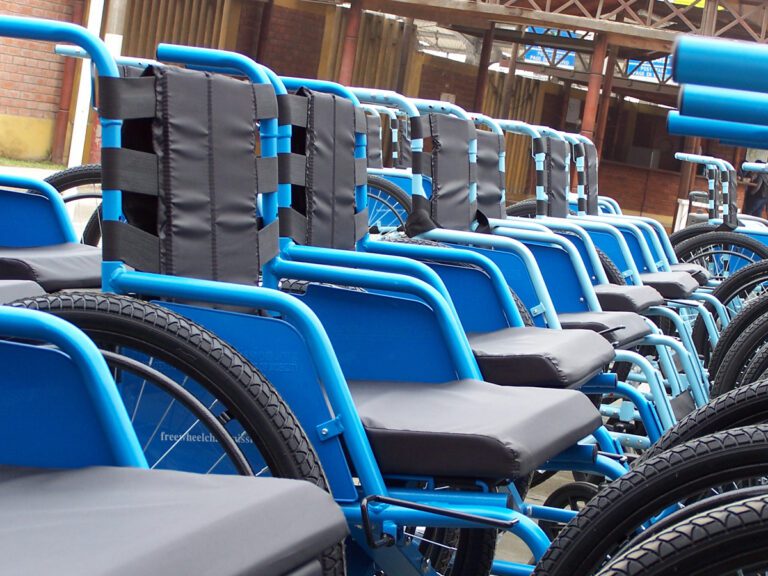By Kathleen R. Bogart Ph.D., Associate Professor of Psychology at Oregon State University
Psychology is valuable as a college major or even as a one-off elective because it teaches us about ourselves and our social world, developing psychologically literate citizens. Psychology prepares us to interact with diverse people in our daily lives, communities, and careers. Chances are, even in the most basic psychology class, you learned about development across the lifespan and stereotyping and prejudice toward ethnic and racial minorities.
But did you learn about people with disabilities, the largest minority group in America, an identity that will surely affect you or a close loved one at some point in your life? Probably not, because it is barely mentioned in most psychology courses.
Our analysis of the top undergraduate universities in the country shows that fewer than 35 percent offer even one psychology course that focuses on topics outside of psychiatric and cognitive disability, such as physical (the most common in America), sensory, chronic health, or intellectual disability.
Furthermore, most psychology courses take a medical model perspective to disability and include little social model content. The medical model treats disability as a pathology within the individual while the social model points to society as a major cause of disability. Large subfields of psychology focus on the social construction of minority groups and prejudice, so it is especially surprising that psychology is teaching these outdated assumptions about disability. This lack of representation continues at the graduate level and beyond. Only about 2 percent of psychology faculty at all APA-accredited programs documented a disability.

Representation Fights Ableism
Last month, we published research comparing disability attitude change across three undergraduate elective psychology classes. One class included education about disability from a social model perspective and had an instructor with a disability. The second class had an instructor with a disability but did not cover disability. The third class, a control group, did not cover disability or have a disabled instructor. As expected, we found that the first class had the most positive change in disability attitudes, followed by the second class, while the third class showed no change.
A Vicious Cycle
The lack of disability representation in psychology courses contributes to the invisibility of disability. When I first began teaching psychology, I spent some time discussing disability in the stereotyping and prejudice unit, but not nearly as much time as I spent covering racial and sexual minorities, because there is more research in that area. Still, I got several comments in course evaluations that I focused too much on disability, such as “[Dr. Bogart] spent too much time on disability. Teach about something that college students can relate to.” That’s how I learned that messages like this article are needed. Disability is much broader and more common than people think. I’ve gotten better at helping students understand the scope of disability, but without reinforcement from other classes, media, and the culture at large… it is easy to forget.
Even more important are the implications for students with disabilities, who make up about 11 percent of the undergrad population. Sadly, students with disabilities are 16 percent less likely to graduate compared to students without disabilities. It is disenfranchising for disabled students to not see people like them as professors or represented in courses. Representation can make the difference between persisting in college or deciding that they don’t belong.

Empowering Disabled Students
Covering disability in my classes normalizes and destigmatizes talking about it. After almost every term, a student tells me that, because of my class, they felt comfortable disclosing their disability for the first time. Some discover that someone in their friend group shares a similar disability but never spoke out—instant solidarity and social support. Students with learning disabilities are empowered for the first time to request accommodations through university disability services. A legal right—an accommodation like notetaking, captioning, or extra time on a test—transforms a struggling student into an empowered, confident, successful student.
Improving Disability Representation in Higher Education
How can instructors increase disability representation in their classes? The lack of disability representation in psychology is a vicious cycle. Since most psychology instructors received little education on disability, they won’t feel prepared to teach it. And, unfortunately, turning to textbooks won’t help either, because they rarely include disability. To help instructors infuse disability representation into their courses, my colleagues and I developed a free teaching resource with recommended readings, videos, and activities to supplement psychology textbooks. I also co-founded the Disability Advocacy Resource Network (DARN), where disabled scholars, teachers, and allies can learn from each other. Ultimately, teaching about disability in psychology will reduce disability disparities in classrooms and communities.
Key Take-Aways
- Most psychology courses do not teach about the largest minority group in America, people with disabilities.
- A new study finds that psychology courses teaching about the social model of disability may reduce ableism.
- Disability representation in courses shows students with disabilities that they belong in college.
This article originally appeared in Psychology Today and is reprinted with permission.





